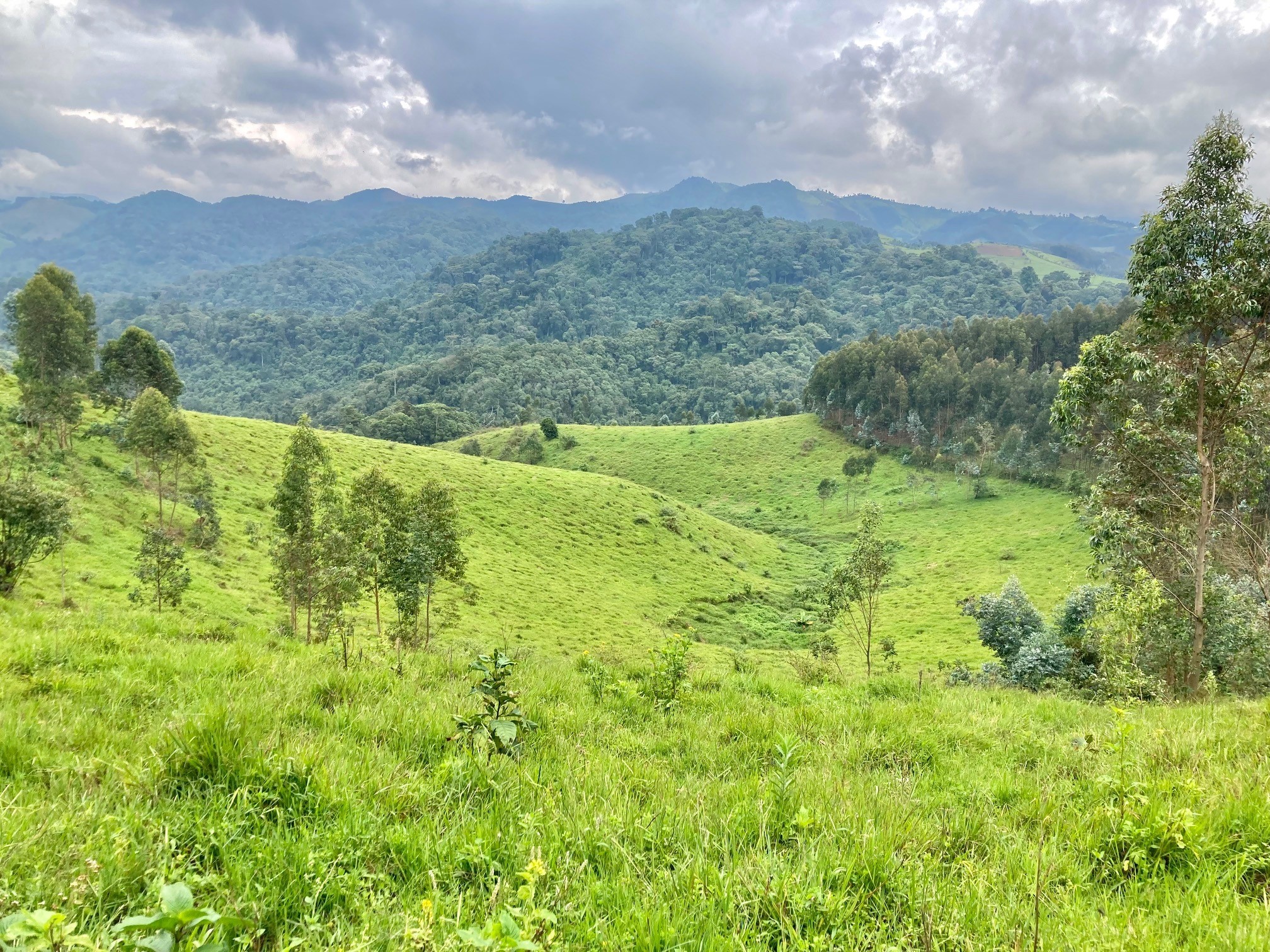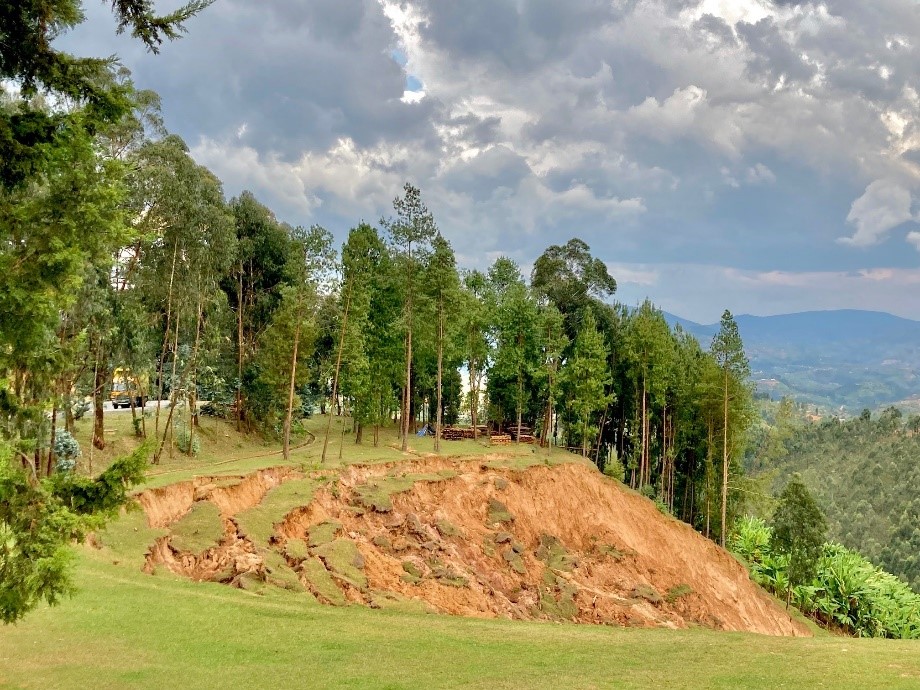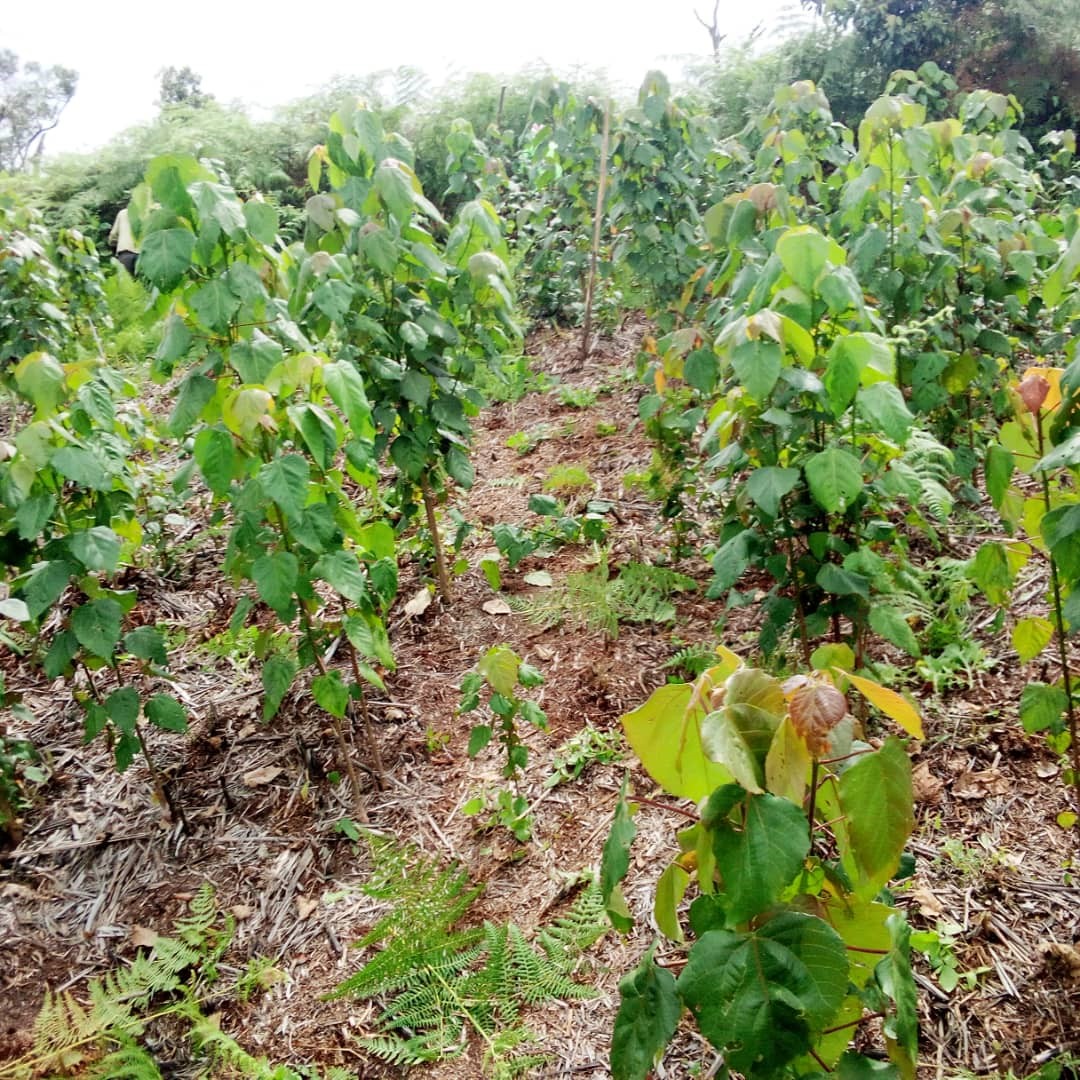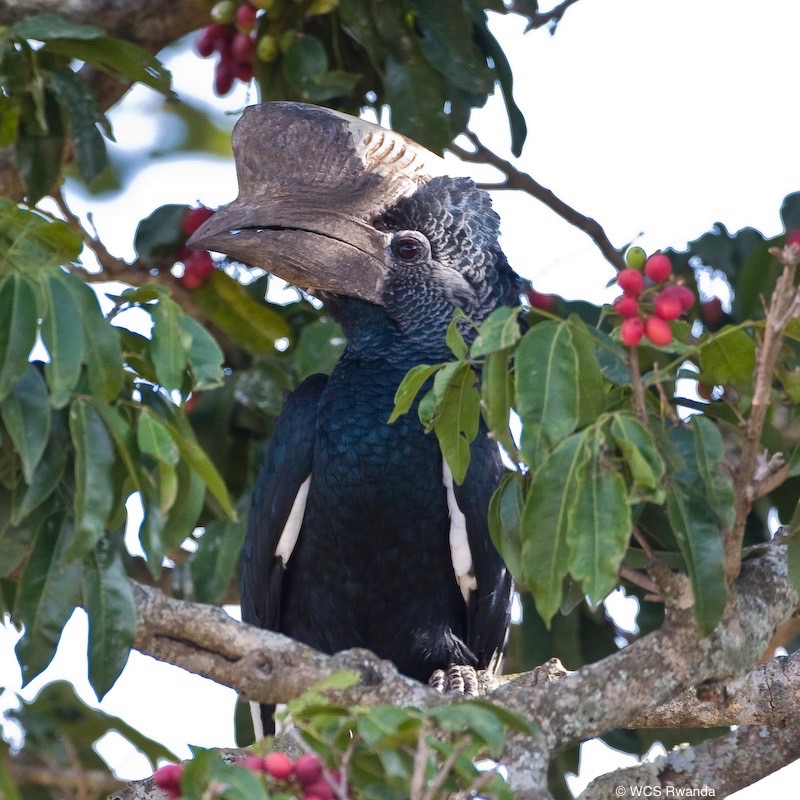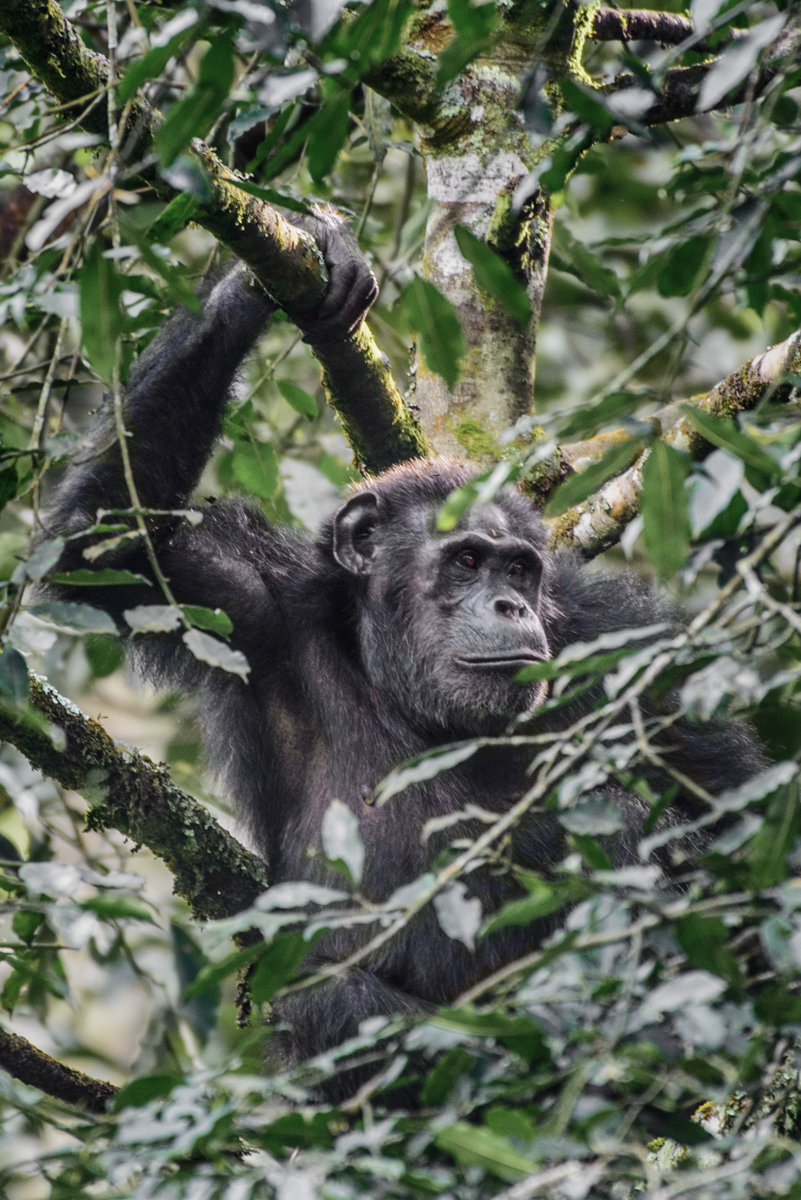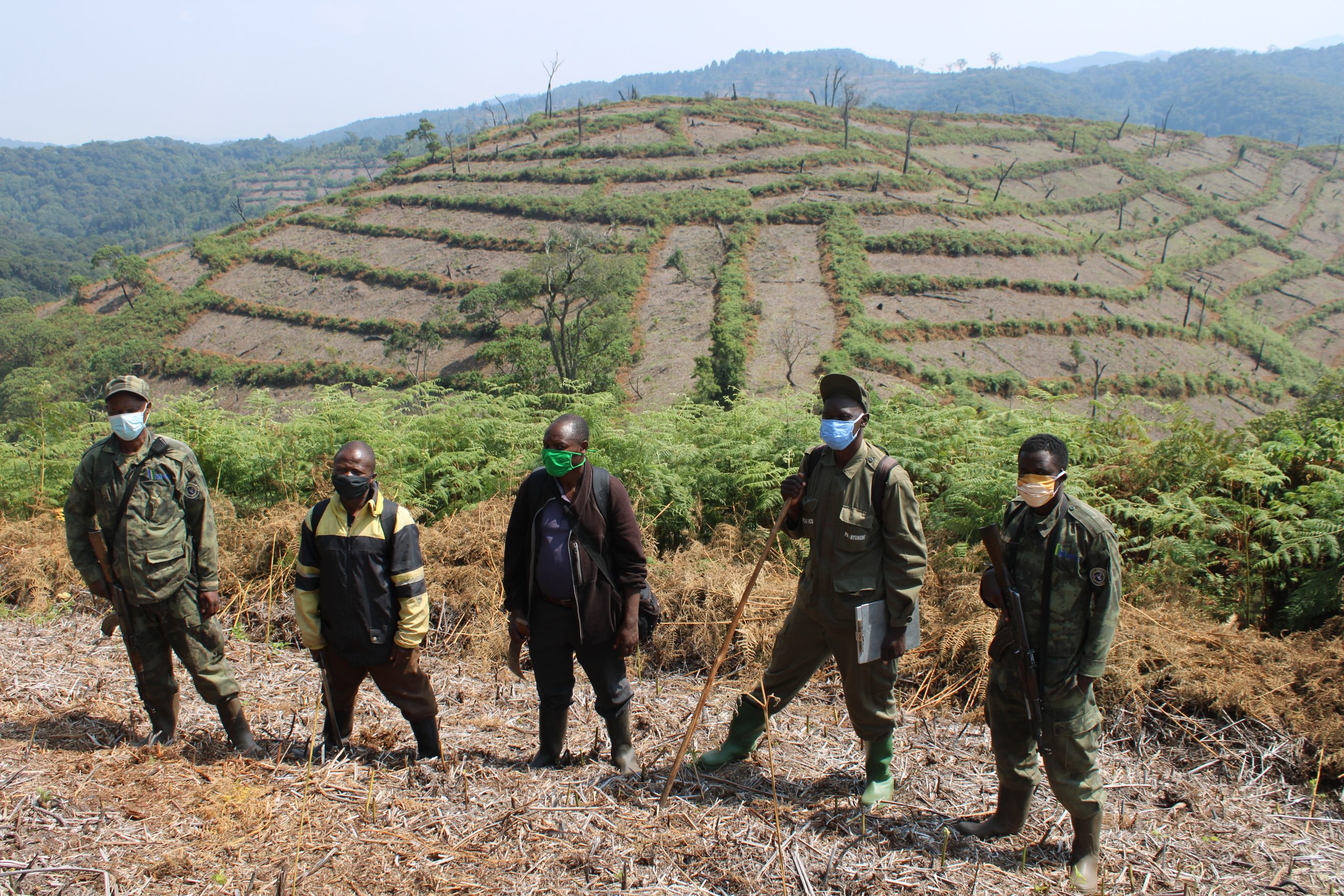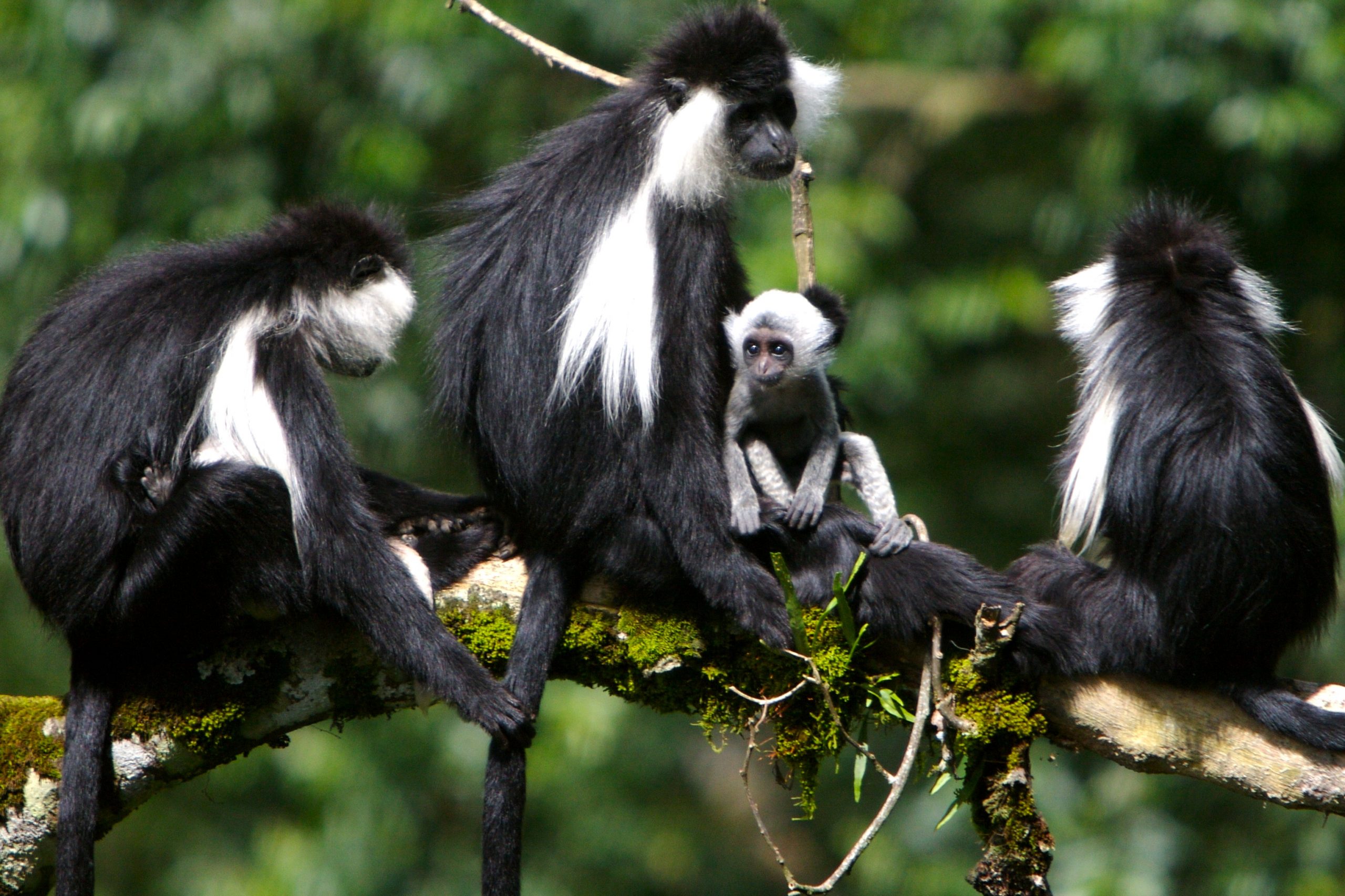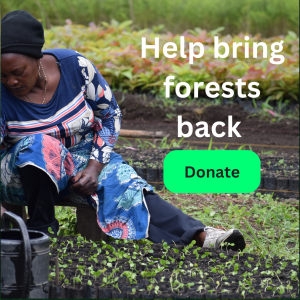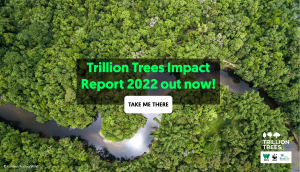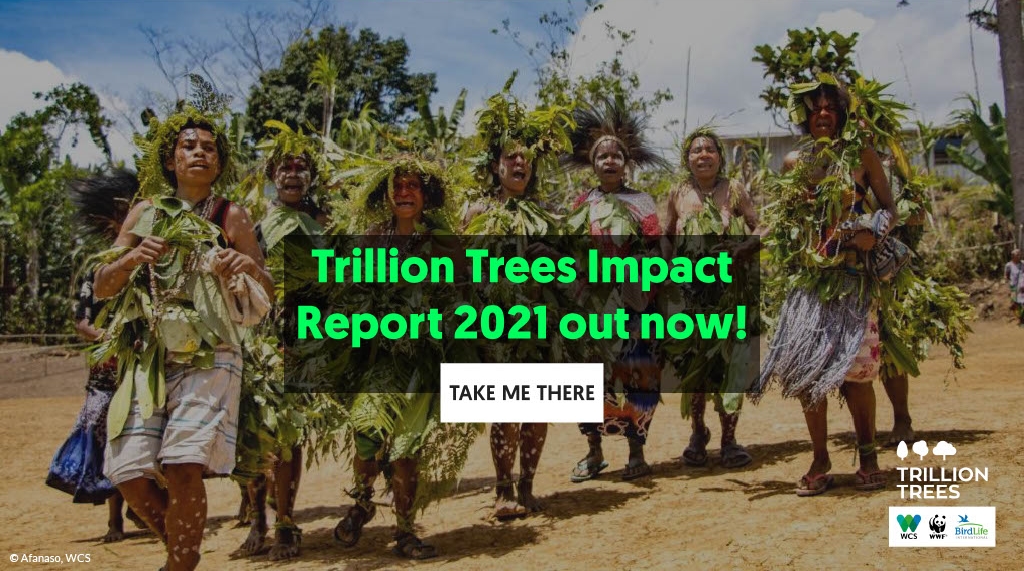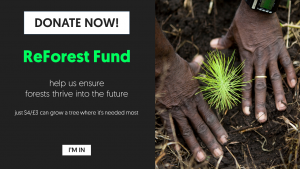Our Impact
Since the early 2000s Trillion Trees partner WCS has worked with the Rwandan Development Board (RDB) to support the protection of the Nyungwe National Park and test different methods of habitat restoration. WCS has worked with communities in the surrounding Congo Nile Divide landscape of the Rwandan western highlands to promote sustainable alternatives to the unsustainable (and illegal) use of natural resources and to access to finance to boost income-generating alternatives to encroachment on natural forest.
WCS has helped to protect 100,000 hectares of afro-montane forest and piloted a model for restoration of areas degraded as a result of massive forest fires in the 1990s. Across that landscape, burned areas were rapidly colonised by bracken fern which supressed the regeneration of natural forest trees. By clearing these ferns, the natural seedbed allowed for the regeneration of native tree seedlings. Further north in the landscape, Gishwati-Mukura National Park has not experienced the same scale of fires but around 12,500ha of natural forest were converted to agriculture and pastureland between 1986 and 2006, with landslides, invasive species, and illegal mining degrading the remaining natural forest. This landscape will benefit from assisted natural regeneration wherein invasive species—namely eucalyptus and pine—are removed and native tree seedlings planted.
In addition, WCS has supported nearly 35,000 families across the region with access to finance for income generating activities, energy efficiency cooking stoves, or agroforestry seedlings. We aim to target families around Gishwati-Mukura National Park with this same model.

